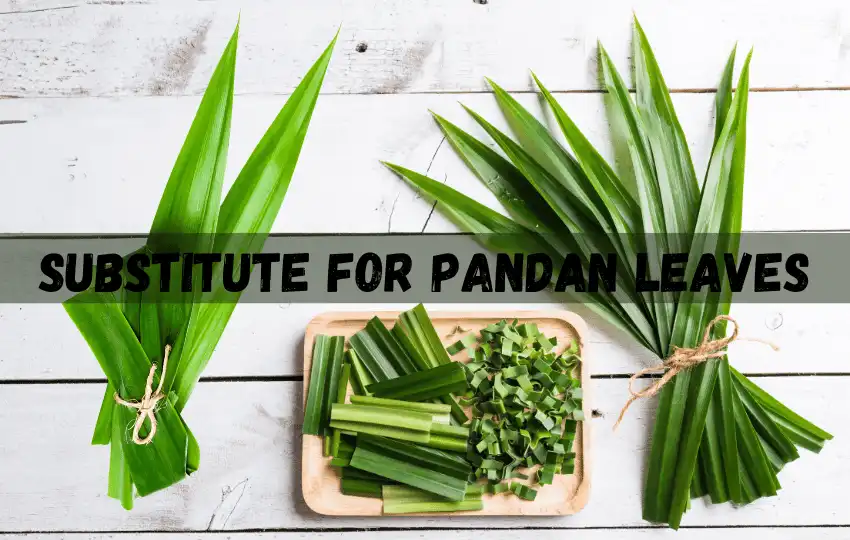Pandan leaves are widely utilized in Southeast Asian cuisine. They are known for their distinctive aroma and savor that can be described as sweet and fragrant.
However, these leaves are not always easy to find, especially if you live outside of Southeast Asia.
In such cases, you should find a good substitute for pandan leaves. Fortunately, there are several ingredients that can mimic the flavor and aroma of pandan leaves.
In this post, I will present the 10 best substitutes for pandan leaves and provide some tips on using and measuring them.
In short, " What can I use instead of pandan leaves?" Vanilla Extract, Vanilla Beans, Jasmine Tea, Lime Zest, Citronella, Lemongrass, Bay leaves, Kewra Water, Lime Leaves, and Rosewater.
What are pandan leaves, and what do pandan leaves taste like?
Pandan leaves, also known as screwpine leaves, are long, narrow leaves from the pandan plant (Pandanus amaryllifolius), which is native to Southeast Asia.
They are widely utilized in Asian cuisine for their unique flavor and aromatic properties.
The taste of pandan leaves can be described as sweet, floral, and slightly nutty. It has a distinct fragrance that is often compared to vanilla or jasmine.
The leaves impart a subtle, natural sweetness to dishes, similar to the flavor profile of coconut or rice.
The aroma of pandan leaves is highly recognizable and can enhance the overall sensory experience of a dish.
Pandan leaves are highly valued for their natural coloring properties as well.
When blended or juiced, they produce a vibrant green color that is often used to give a visually appealing touch to various foods and beverages.
Overall, pandan leaves contribute a unique and delightful taste and aroma to dishes, making them a popular ingredient in Southeast Asian cuisine.
Uses of pandan leaves
Pandan leaves, also known as pandanus or screwpine leaves, are long, narrow, and have a unique sweet aroma.
They are used in many cuisines across Asia to flavor dishes and drinks, as well as for their medicinal properties.
In Southeast Asian countries like Malaysia, Thailand, Indonesia and the Philippines, pandan leaves are commonly used for flavoring rice dishes such as nasi lemak and desserts like kuih lapis.
The leaves can also be blended with water to make a fragrant extract that is used to provide a distinctive flavor in sweet treats like pandan chiffon cake or Pandan Kaya jam.
Pandan leaves have been traditionally used in Southeast Asian cultures for centuries due to the wide range of benefits that it provides both medicinally and culinarily.
With its unique flavor profile and numerous health benefits, it is no wonder why this versatile herb has been so popular in the region for so long!
Where to buy pandan leaves?
If you are looking for pandan leaves where to buy, there are a few other places you can go. Many specialty food stores carry it, as do some international grocery stores.
You can also order online from many retailers that provide a variety of diverse flavors and types of pandan leaves.
Best substitutes for pandan leaves
1. Vanilla Extract – a good substitute for pandan leaves
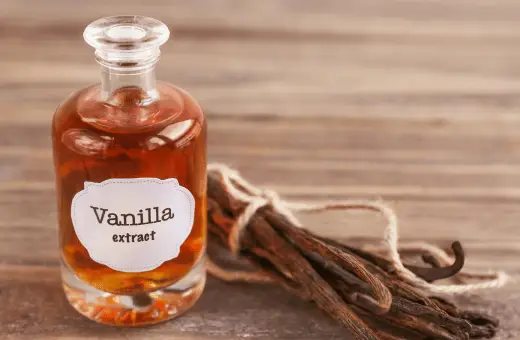
Vanilla extract is a readily available ingredient that can use as a substitute for pandan leaves. It has a sweet aroma similar to that of pandan leaves.
Ratio or measurement: To substitute pandan leaves with vanilla extract, use 1 tablespoon of vanilla extract for every 1 pandan leaf.
Learn more: Delicious Root Beer Extract Substitutes @ try it now!
2. Vanilla Beans – give you a similar taste to pandan leaves
Similar to vanilla extract, vanilla beans have a similar flavor to that of pandan leaves.
Ratio or measurement: Adding one vanilla bean to a recipe in place of one pandan leaf could give a similar fragrance to Pandan Leaves.
Explore more: Top best bean substitute for chili for delicious cooking
3. Use Jasmine Tea to replace pandan leaves
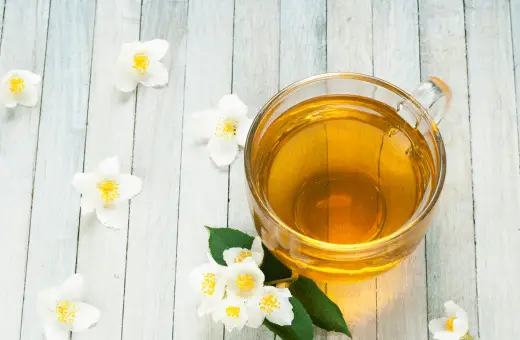
Jasmine tea is known for its floral and slightly sweet flavor. The tea leaves can be used as a substitute for pandan leaves.
Ratio or measurement: To use jasmine tea as a substitute, steep 1 tablespoon of jasmine tea in a cup of boiled water for at least 5 to 10 minutes, then add to your recipe.
4. Lime Zest – gives you a similar taste to pandan leaves
Lime zest can use as a substitute for pandan leaves if you want to add some citrus flavor to your recipe.
Ratio or measurement: The amount will vary according to the recipe but is generally a 1:1 ratio, meaning the same amount of pandan leaves will require the same amount of lime zest.
5. Citronella – An ideal alternative for pandan leaves
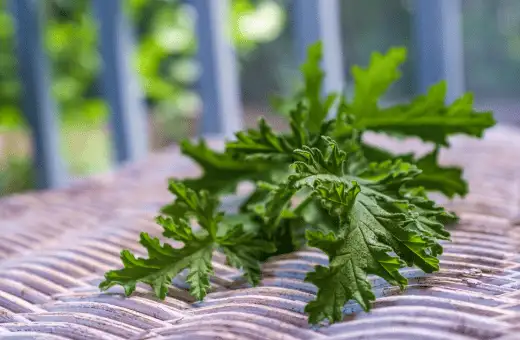
Citronella is a plant that has a slightly floral and sweet fragrance. It can use as a substitute for pandan leaves.
Ratio or measurement: To use citronella as a substitute for pandan leaves, use 1 tablespoon of finely chopped fresh citronella for every 1 pandan leaf.
6. Lemongrass – gives you a similar taste to pandan leaves
Lemongrass is a commonly available ingredient that has a similar flavor to pandan leaves. It has a strong lemony aroma that can make your dishes more appealing.
Ratio or measurement: To use lemongrass as a substitute, use 1 tablespoon of finely chopped fresh lemongrass for every 1 pandan leaf.
7. Use Bay leaves instead of pandan leaves
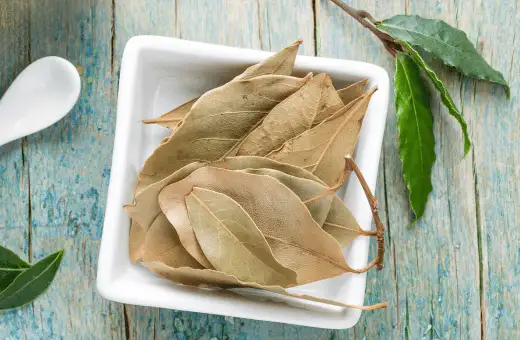
Bay leaves have a fragrant aroma similar to that of pandan leaves. They are commonly used as a substitute in savory dishes.
Ratio or measurement: To use bay leaves as a substitute, use 1 to 2 bay leaves for every 1 pandan leaf.
8. Kewra Water – gives you a similar taste to pandan leaves
Kewra water is distilled from the flowers of the pandanus plant, making it an excellent replacement for pandan leaves.
It’s commonly used in Indian and Middle Eastern cuisines.
Ratio or measurement: Use a few drops of kewra water for every pandan leaf required in your recipe.
9. Lime Leaves – a great replacement for pandan leaves

Lime leaves share a similar flavor profile to pandan leaves, with a zesty and slightly sweet taste.
Ratio or measurement: Use one lime leaf for every pandan leaf, and add it to your stir-fries, curries, or meat dishes for an extra flavor kick.
10. Rosewater – gives you a similar taste to pandan leaves
Rosewater is fragrant water made from rose petals that can be added to desserts and baked goods.
Ratio or measurement: Use half a teaspoon of rosewater for every pandan leaf required in your recipe.
Be alert not to add too much, as it can become overpowering.
Are pandan and lemongrass the same?
No, pandan and lemongrass are not the same. Pandan, also known as screwpine leaves, is an aromatic plant aboriginal to Southeast Asia that has long, thin, pointed leaves.
It is a common ingredient in many desserts and savory dishes and gives off a sweet aroma when cooked.
On the other hand, Lemongrass is an herb with a distinct lemon flavor and fragrance. It looks like long blades of grass but is much tougher than its appearance suggests.
Lemongrass is often used in Thai cuisine to add savor and aroma to dishes such as soups, curries, stews, sauces, marinades, and teas.
While both ingredients may be used for similar purposes in cooking due to their fragrant aromas, their flavors are very different from each other.
Conclusion on giving you a similar taste to pandan leaves
In conclusion, pandan leaves may not always be accessible, but that should not stop you from trying new recipes.
With these 10 substitutes, you can still achieve the same delicious taste and aroma without compromising on the quality of the dish.
Remember to use them in the right ratio and experiment with the different flavors until you find the perfect alternative that works best for you. Happy cooking!
FAQs on giving you a similar taste to pandan leaves
Q1. What is similar to pandan leaves?
Pandan leaves are similar to lemongrass, also known as citronella grass. Both plants are widely used in Southeast Asian cuisine for their unique flavor and aroma.
Both pandan leaves and lemongrass have a strong citrus-like aroma with sweet grassy notes.
Pandan is sometimes referred to as “Asian vanilla” due to its fragrant scent, which can be used as a natural flavoring ingredient in many desserts.
Lemongrass, on the other hand, adds fragrance and subtle lemon flavor to many dishes like soups and stews.
Both pandan leaves and lemongrass impart a signature flavor that makes Southeast Asian food unique.
Q2. What are pandan leaves called in India?
In India, the leaves of the pandan plant (Pandanus amaryllifolius) are commonly referred to as ‘kewra’ or ‘kaki’.
These fragrant leaves have been used for centuries in Indian cuisine to impart a unique flavor and aroma to various dishes.
Kewra is used in sweet or savory dishes such as curries, rice dishes, desserts, smoothies, and juices.
The leaves are also boiled with milk and sugar to make a syrup that is often used as a flavoring for other foods.
Kewra has a distinct flavor that has been described as being similar to vanilla but with earthier undertones. It is understood for its capability to decrease the spiciness of certain dishes while still adding great flavor.
Additionally, it can use as an anti-inflammatory agent and is believed by some to help relieve stomachache and nausea.
Q3. Can I use vanilla extract instead of pandan leaves?
Yes, you can use vanilla extract rather than pandan leaves in some recipes.
Vanilla extract is a sweet, aromatic flavor derived from the dried and cured bean pods of the vanilla orchid, while pandan leaves are fragrant green leaves that are used to impart a pleasant aroma and subtle flavor to many dishes.
Vanilla extract has a much more powerful flavor than pandan leaves, so it may be necessary to adjust the amount of extract used according to personal preference and recipe instructions.
It is also compulsory to note that some recipes call specifically for pandan leaves due to their unique flavor profile, so substituting with vanilla extract may not yield the desired result.
Q4. Is Pandan the same as Kewra?
No, pandan and kewra are not the same. Pandan is a tropical plant aboriginal to Southeast Asia, also known as screwpine.
The plant’s leaves have a sweet, fragrant aroma that can use in cooking, baking and desserts. Kewra, on the other hand, is a floral extract derived from the distillation of flowers of the pandanus family.
It has an intense floral aroma and flavor that is often described as similar to rosewater but with hints of jasmine.
Kewra is commonly used in Indian cuisine, particularly for flavoring rice dishes such as biryani.
Q5. Is pandan an aloe vera?
No, pandan is not an aloe vera. Pandan is a tropical Pandanus genus plant native to Southeast Asia and parts of India.
The leaves of the pandan plant are used widely throughout this region for culinary and medicinal purposes.
On the other hand, aloe vera belongs to the family Liliaceae and is native to Africa. This has been used as a therapy for centuries, primarily for its gel-like sap, which has antiseptic and cooling properties.

